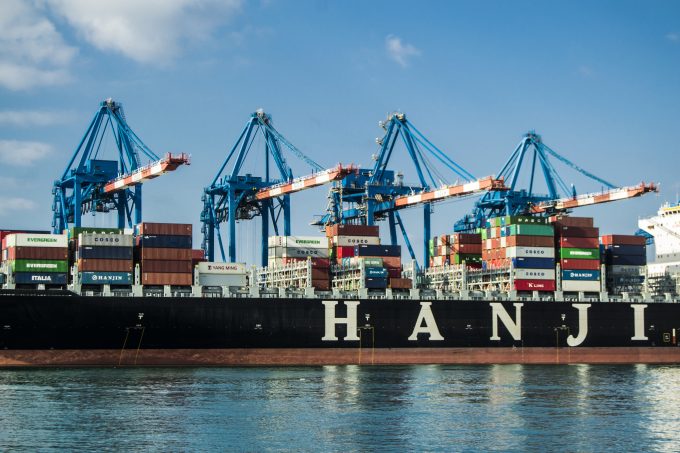OOCL Q2 25 update: more volume carried, but revenues decline
Cosco-owned OOCL today reported second-quarter volume and revenue figures which appear to show the Hong ...

Shippers are starting to feel the heat from the collapse of Hanjin Shipping as container spot rates leaped ahead on the Asia-North Europe and transpacific tradelanes.
According to Drewry, spot rates quoted yesterday from Asia soared by 42% and 39% in one day to the US ...

Comment on this article
Gunther Ginckels
September 02, 2016 at 1:58 pmThis cannot surprise shippers. When pressing a grapefruit over the limit it starts to taste bitter. If you play the supply & demand game you can win some and lose some. It will encourage shippers to be more reasonable… and while I’m writing this I realise that I am dreaming.
Jason
September 06, 2016 at 12:59 pmMSC exploiting the situation even on Agreed contract rates.
NOTICE TO IMPORT CUSTOMERS
UK ARRIVALS FROM FAR EAST
Peak Season Surcharge
Dear customer,
Mediterranean Shipping Company would like to advise customers that effective 15 September 2016, we will be
implementing a peak season surcharge of USD400 per TEU on all Dry and Reefer cargo.
The surcharge will affect all cargo arriving from Asia (proforma sailing) & Bangladesh (shipped on board )
/ excluding Japan, into North Europe, UK, Scandinavia and Baltics.
For further information, please contact your Import Far East pricing team
We would like to take this opportunity to thank you for your continued support.
Kind regards,
Your MSC Team.